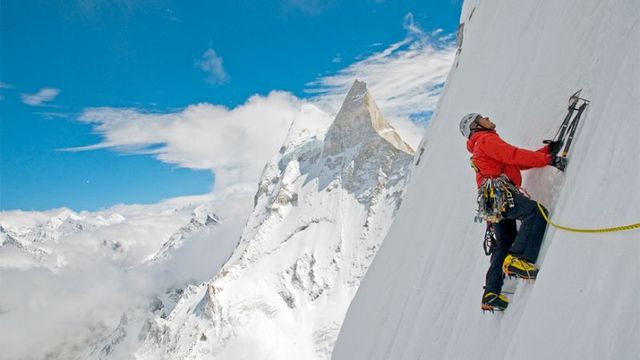Film Review: Meru
High-Altitude Documentary Hits Viewers Like An Avalanche


getting high.
Latest Article|September 3, 2020|Free
::Making Grown Men Cry Since 1992


getting high.